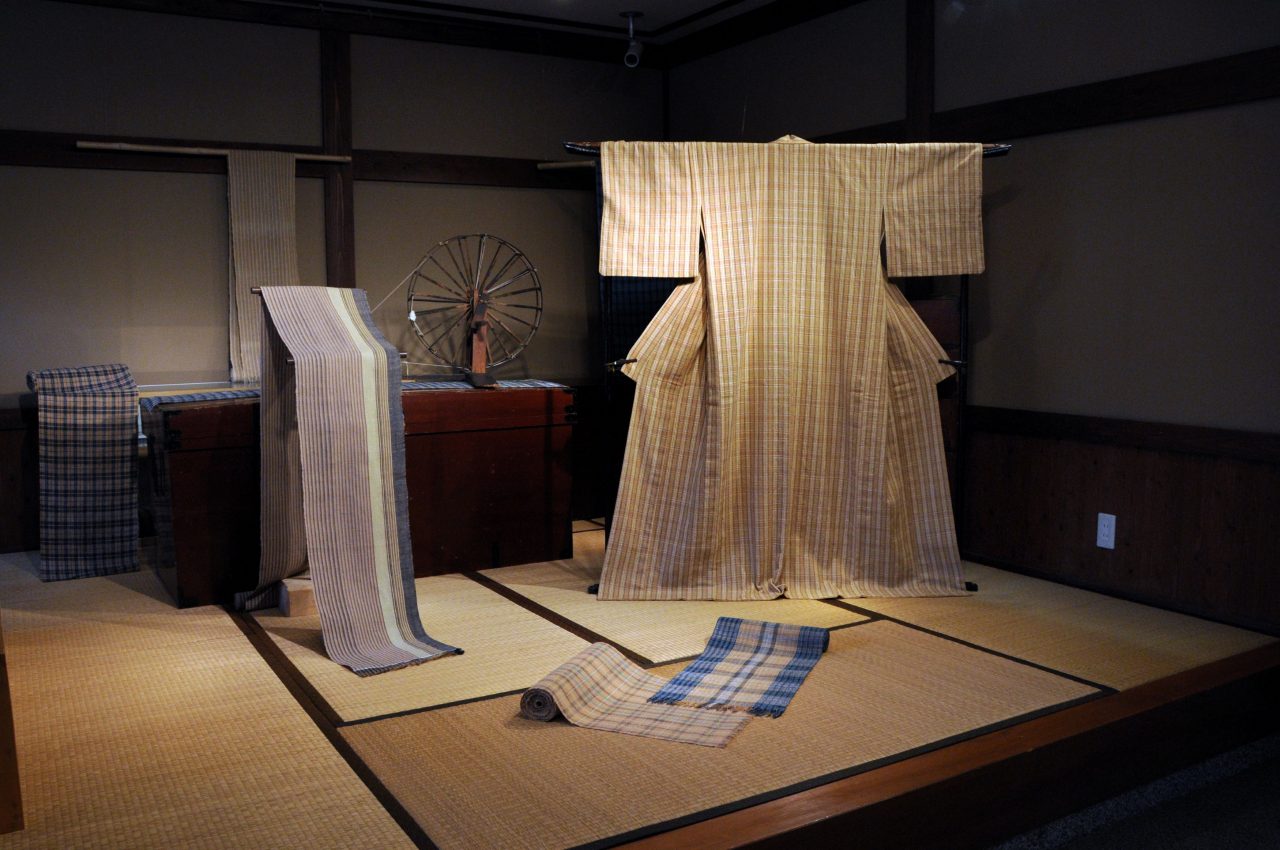丹波布
Pronunciation: Tanbanuno
Production area: Tamba-Sasayama City, Hyogo Prefecture
Tanbanuno is a striped cotton plain weave produced in the Tamba region of Hyogo Prefecture. Woven by hand, it is characterized by the use of tsumami-ito (silk slubs taken from waste cocoons) as part of the weft, combined with yarns dyed with natural plant dyes such as indigo, chestnut bark, and kobunagusa (a type of wild grass). The resulting stripes and checkered patterns are striking. The cloth has a soft, plump texture that becomes more supple and durable with use, carrying the warmth of handwoven textiles. The history of Tanbanuno dates back to the Bunsei era (1818–1829), when it was said to have been influenced by Banshu cotton. Until the mid-Meiji period, it was known as “Shimanuki” or “Saji Cotton” and was widely appreciated for its unique texture created by combining handspun cotton yarn for both warp and weft with tsumami-ito in the weft. Production of Tanbanuno is carried out by a single artisan through four processes: hand-spinning, plant dyeing, hand-weaving, and inserting silk yarn into the weft. Today, it is designated as an Important Intangible Cultural Property of Japan and as a Traditional Craft of Hyogo Prefecture.

Photo courtesy ofTamba Cloth Heritage Museum



















